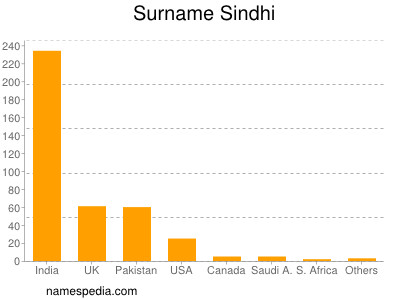

She gives the example of the Harilela family.

“They are constantly moving forward despite all hardships and geographical factors,” says Maya. Never say die attitudeįrom the stories of families covered in this book, one will see that they continued in their race towards making the big bucks, not letting their failures dictate their next step. The rest went on to become traders, cloth merchants, and businessmen in other countries. They even became financiers for industries and filmmaking in Bombay. They specialised in hundi, or bill of discount, with Tamil Nadu and Karnataka being some of the main banking hubs. Interestingly, with the exception of the Seths of Karachi, the Sindhiworkis of Hyderabad, and the Shroffs of Shikarpur, most Sindhis were local shopkeepers and moneylenders. They believed in sacrificing profit for large turnovers.

But what they did not realise was that every time the Sindhi sold an empty bag, he made a net profit of 50 paise on every 50 kg bag of sugar.

This made people wonder about why would somebody would work so hard to lose money. Their price being 1 paise cheaper and thus sold hundreds of bags making a loss of 50 paise per 50 kg bag. So for instance, if shops around them sold sugar for Re 1 per kg in bags of 50 kg, Sindhi businessmen would buy the same and sell them at 99 paise a kg. “The early perception of the Sindhis, who had moved to India and lived in Bombay in the post-Partition days, was that they would do almost anything to make even a small amount of money,” says Maya. Here are the seven top business secrets of the Sindhis. In a chat with the author, I ask her what the secret of the Sindhi way of doing business is. Through the stories of Gary and David Harilela of the Hong Kong-based Harilela Group, Ramola Motwani of real estate investment and development company Merrimac Ventures based in the US, Harish Fabiani, one of the early angel investors and Chairman of Americorp Ventures and India Land, Dilip Lakhi of the Lakhi Group, one of the biggest diamond suppliers in the country, and real estate Embassy Group’s Jitendra Virwani, Maya gives a crash course of doing business the Sindhi way. In her book, Maya tells the stories of five Sindhi business families and how they have built their empires across the globe. We built ourselves from scratch to regain our prosperity by being true to our business heritage,” writes industrialist Ashok Hinduja, Chairman of the Hinduja Group of Companies, in a foreword in the book, Paiso, How Sindhis do Business, by Maya Bathija. Our never-say-die attitude helped us embrace the numerous lands that we migrated to. We became stateless as we had to migrate from our ancient homeland. “Sindh witnessed numerous invasions for centuries, but Sindhis not only survived them but also thrived despite them.The Partition of 1947 was catastrophic for the community.


 0 kommentar(er)
0 kommentar(er)
